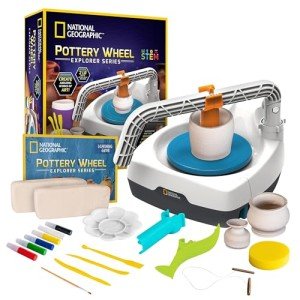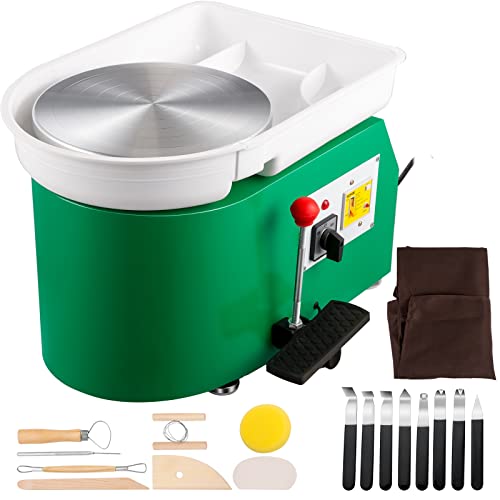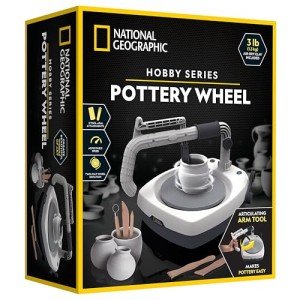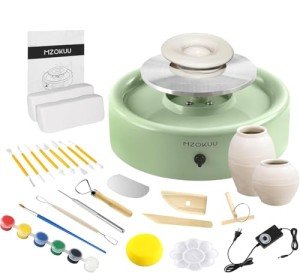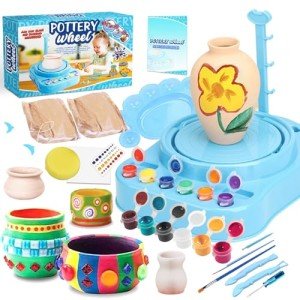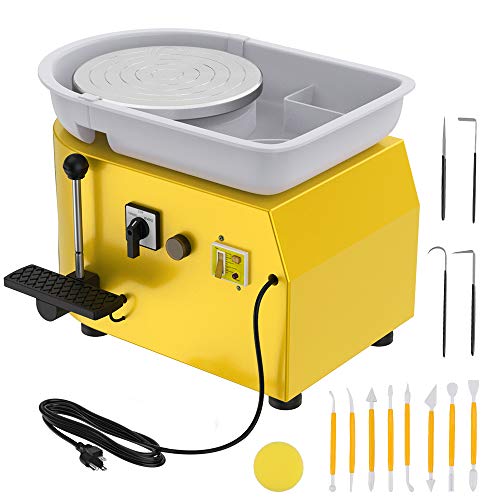For pottery making, few tools have stood the test of time as admirably as the pottery wheel. This simple yet ingenious device, pivotal in the art of pottery making, has been spinning clay into beautiful and functional objects for thousands of years. The pottery wheel is not just a tool; it's a symbol of creativity, a bridge between the hands of the artisan and the malleable clay that forms the very soul of pottery.
A Historical Spin: The Evolution of the Pottery Wheel
The history of the pottery wheel is as old as civilization itself. The earliest evidence of its use dates back to around 3,000 BCE in the ancient civilizations of Mesopotamia and Egypt. Originally, it was just a slow wheel that potters turned by hand or with the aid of a stick. However, as time progressed, the design evolved, and the introduction of the fast wheel in the Middle East around 1,500 BCE revolutionized pottery making, leading to more sophisticated shapes and designs.
The Heart of the Craft: How the Pottery Wheel Works
At its core, the pottery wheel is a simple machine. It consists of a rotating flat disc powered either by foot or electric motor, onto which the potter throws a lump of clay. The centrifugal force of the spinning wheel, combined with the skilled hands of the potter, shapes the clay into desired forms. This process, known as throwing, requires a harmonious blend of speed, pressure, and movement, turning a humble piece of clay into a piece of art.
The Artistic Touch: Techniques and Styles
Pottery making on the wheel allows for a wide range of techniques and styles. From creating basic cylindrical shapes to more complex forms like bowls, vases, and plates, the possibilities are endless. Skilled potters can manipulate the clay to create intricate designs, adding textures and patterns that make each piece unique. Glazing and firing, the subsequent steps in pottery making, further enhance the beauty and durability of the clay objects.
Why the Pottery Wheel Captures Our Imagination
The appeal of the pottery wheel lies in its blend of simplicity and complexity. It's a meditative process, where the rhythmic motion of the wheel and the tactile pleasure of shaping clay can be incredibly therapeutic. The pottery wheel also connects us to our past, serving as a tangible link to ancient traditions and cultures. In a world increasingly dominated by mass-produced goods, pottery making offers a return to bespoke craftsmanship.
The Enduring Legacy of the Pottery Wheel
The pottery wheel continues to spin stories in clay, stories of culture, art, and human ingenuity. Whether in a modern studio or a traditional workshop, it remains an essential tool for potters around the world. In its steady rotation, we find a reflection of our own creativity and a reminder of the timeless beauty that can be created from the earth itself.

